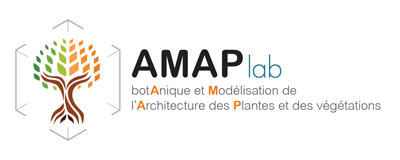Overview of LifeCLEF location-based species prediction task 2020 (GeoLifeCLEF)
Résumé
Understanding the geographic distribution of species is a key concern in conservation. By pairing species occurrences with environmental features, researchers can model the relationship between an environment and the species which may be found there. To advance the state-of-the-art in this area, a large-scale machine learning competition called GeoLifeCLEF 2020 was organized. It relied on a dataset of 1.9 million species observations paired with high-resolution remote sensing imagery, land cover data, and altitude, in addition to traditional low-resolution climate and soil variables. This paper presents an overview of the competition , synthesizes the approaches used by the participating groups, and analyzes the main results. In particular, we highlight the ability of remote sensing imagery and convolutional neural networks to improve predictive performance, complementary to traditional approaches.
Origine : Fichiers produits par l'(les) auteur(s)
licence : CC BY - Paternité
licence : CC BY - Paternité
Loading...
